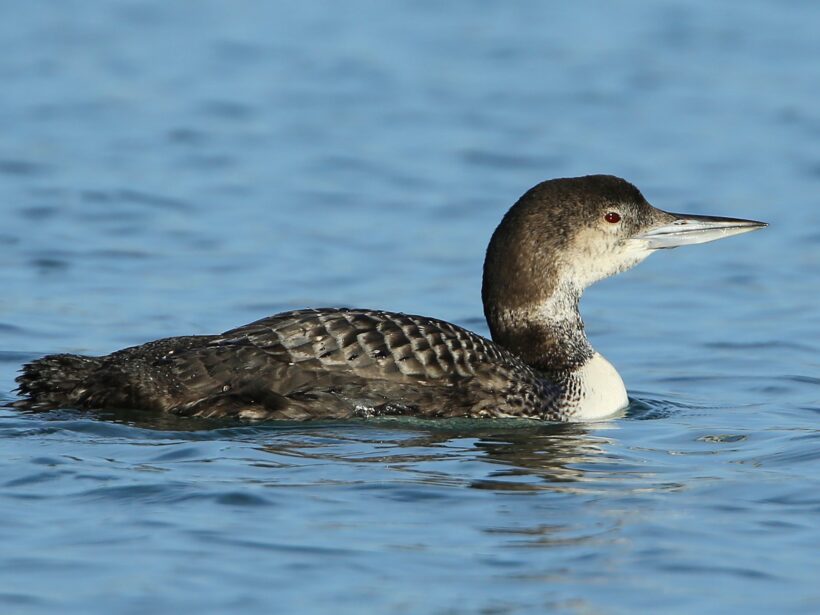Gavia immer
The great northern diver, or common loon in the US, nests in open areas and tundra in Iceland, Greenland and North America. During the breeding season, these birds fish in the calm waters of lakes, either on the surface or by diving. In winter, the divers become marine and frequent, in large numbers, the coastal waters of more temperate latitudes, particularly in the bays of the Breton coast and the northern Bay of Biscay. The French coastline is home to several hundred to several thousand divers every year, either overwintering or on their way to southern Europe. Divers are regularly the victims of accidental entanglement in driftnets and pollution, for example by oil. Several studies have shown that divers can be greatly displaced by the installation of offshore wind turbines, which can restrict their distribution and reduce access to areas that are favourable for foraging.
The loons are captured at sea from a boat on their wintering grounds and fitted with OT20-D GPS devices weighing around 22g and including a pressure sensor to record the duration and depth of dives as well as their geographical positions and flight altitude. This data will provide a better understanding of the distribution and feeding areas of divers on our coasts in winter, as well as their migratory movements at sea.

